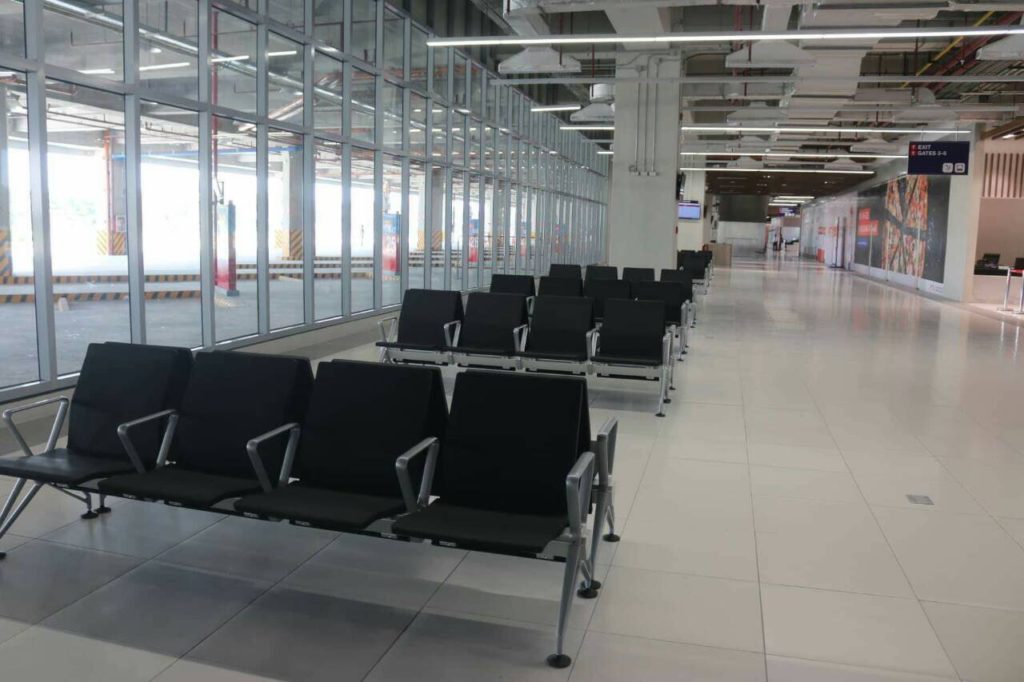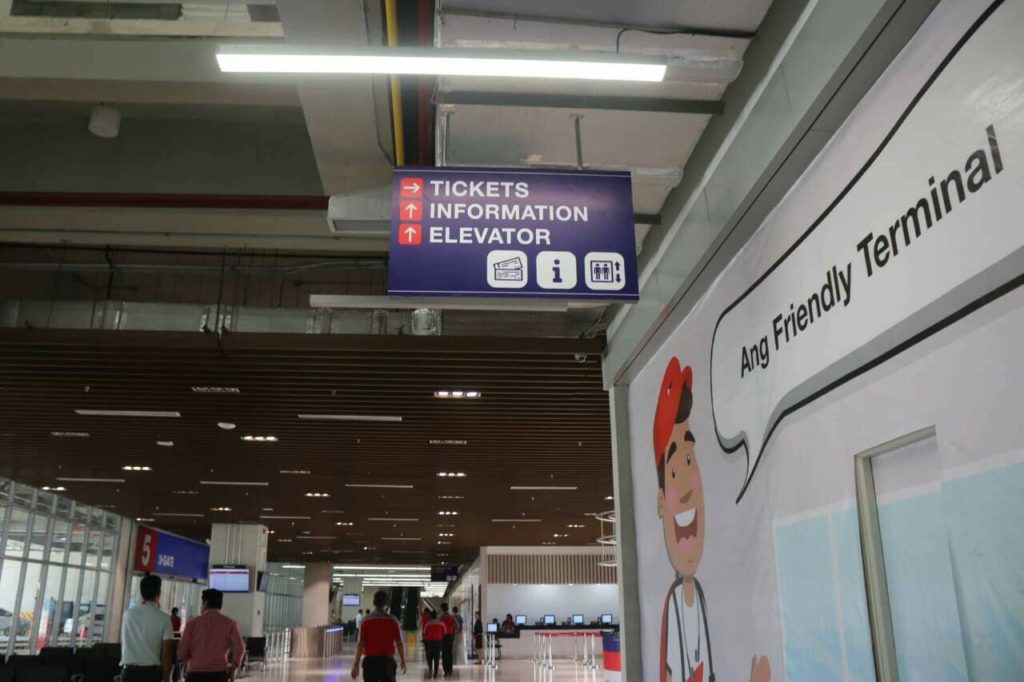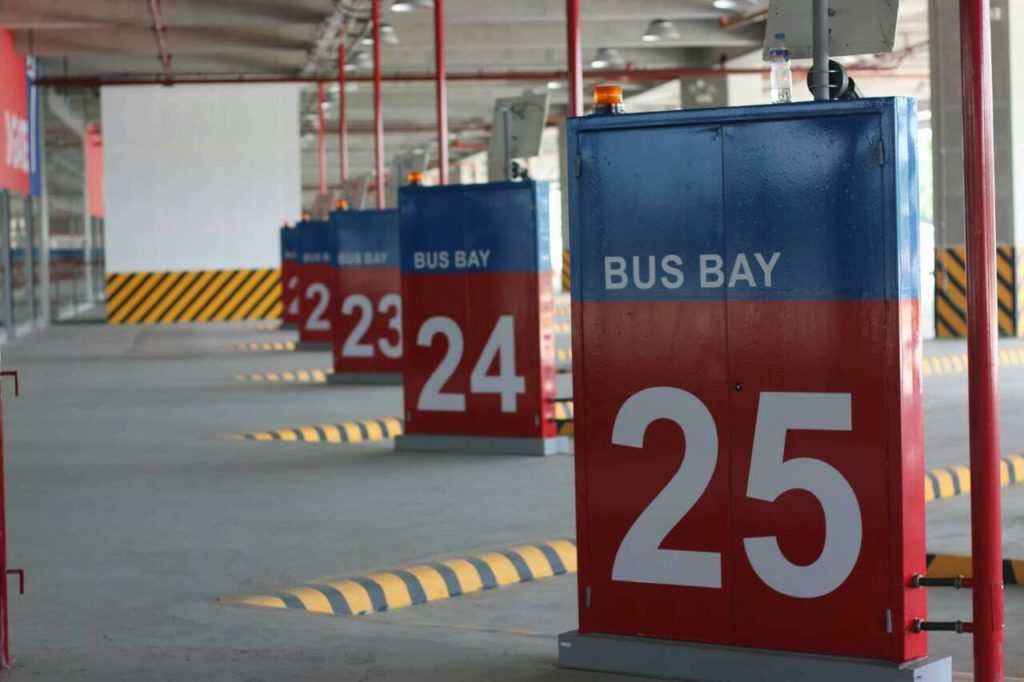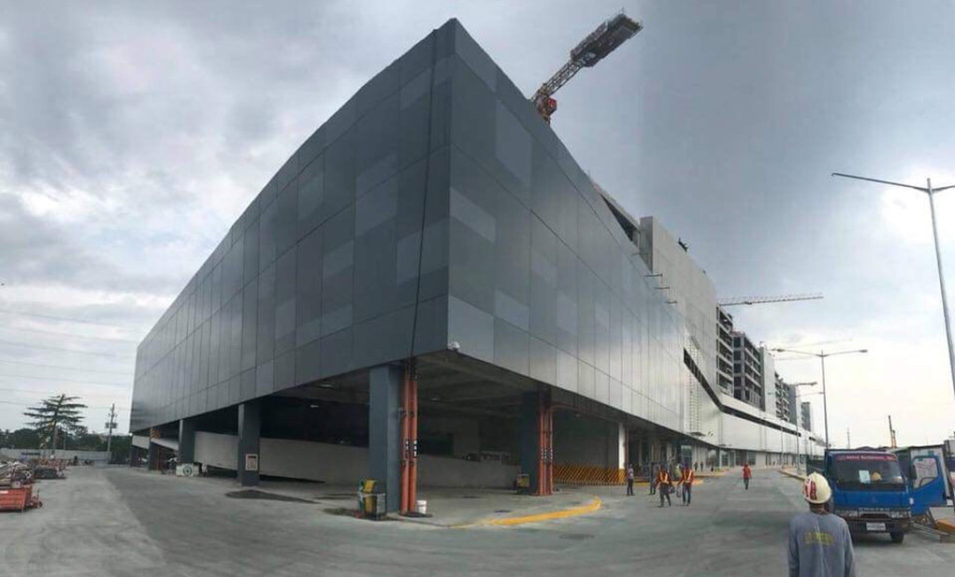The Department of Transportation (DOTr) is set to inaugurate the Parañaque Integrated Terminal Exchange (PITX), which is dubbed as the country’s first “landport”, on November 5.
PITX is located along coastal road and considered as the first integrated and multi-modal terminal in the Southwestern part of Metro Manila, serving as a transfer point between provincial buses from Cavite, Batangas, and in-city modes of transportation. The new terminal will also provide inter-connectivity between different transport modes and services that will help ensure efficient and seamless travel for the riding public.

The PITX features a design on par with world-class standards, passenger-friendly systems, multi-modal connections, and a wide range of commercial services.
The terminal building includes three levels: departure bay for buses, jeepneys, and taxis situated on the ground floor, arrival bays for buses on the second floor, and private vehicle facilities such as parking spaces, AUV bays, and a connection to the proposed LRT-1 extension project situated at the third floor. Five floors of premiere office spaces will be available for lease.

The PITX has a maximum daily capacity of 100,000 passengers and peak hour passenger volume of 4,380 arrivals and 3,808 departures. Trips per day are approximately 1,060 arrivals and 949 departures. PITX will also house 59 bays for provincial and city buses, 49 bays for UV express and jeepneys, and 852 car parking slots.
Once operational, the PITX is expected to reduce the number of provincial buses plying Metro Manila, specifically along Taft Avenue-Pasay, EDSA.

In a statement, DOTr Secretary Arthur Tugade, said, “Handa na po kaming buksan ang kauna-unahan nating landport. Isa itong terminal kung saan parang airport ang facilities at serbisyo. This is not just your ordinary terminal, but a landmark transportation hub that is set to uplift the overall terminal experience of our countrymen. Para po ito sa inyong lahat.”
In partnership with MWM Terminals Inc., this PPP project aims to improve overall ground transport options for all commuters, modernizing transfer of passengers among private vehicles and public transport options to surrounding road networks such as Cavitex and the LRT-1 extension.
The new terminal is flagship project of the current administration’s “Build Build Build” Infrastructure Program.

